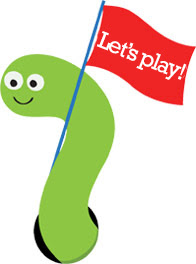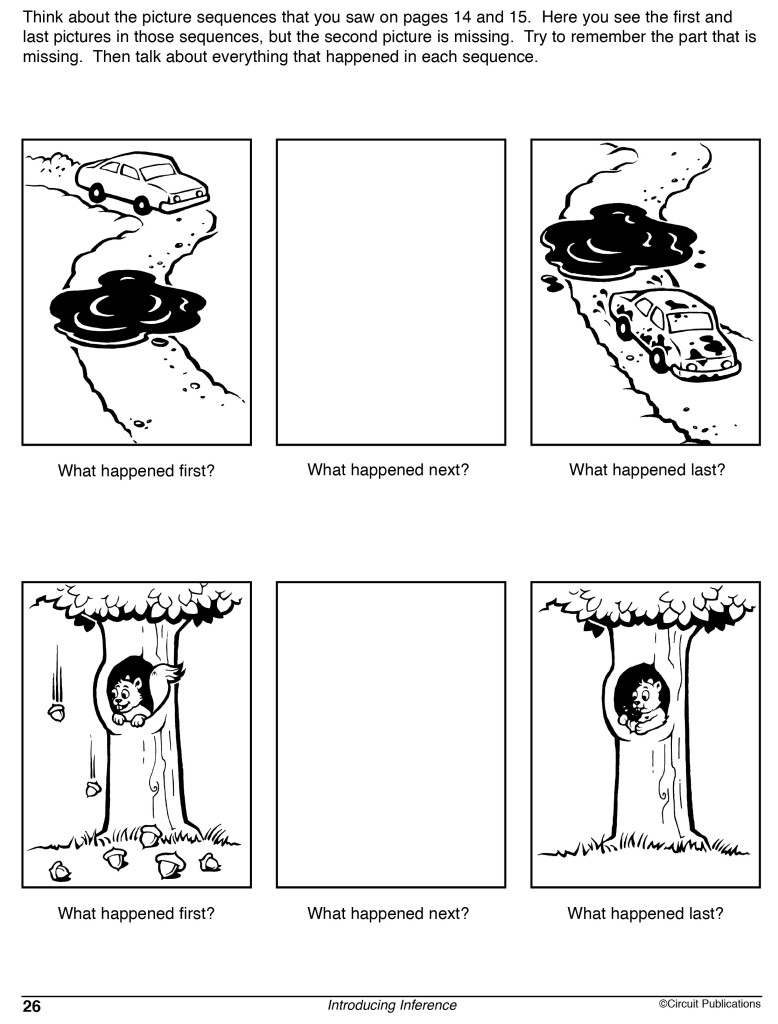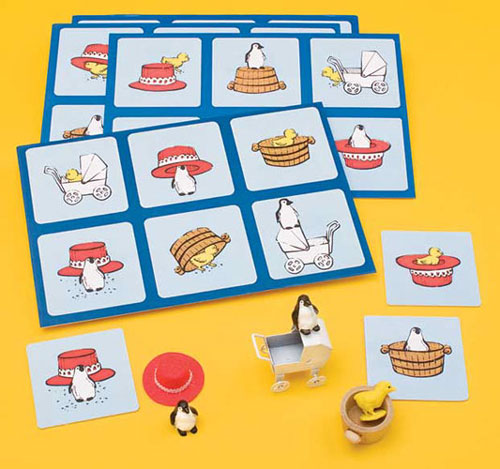Social thinking is what we do when we interact with people–how we think about people affects how we behave, which in turn affects how others respond to us, which in turn affects our own feelings. More than 15 years ago, Michelle Garcia Winner coined the term Social Thinking® and developed the related treatment approach for individuals with high-functioning autism, Asperger’s and similar challenges as she treated her students. The term social thinking now encompasses many treatment programs broadly described as “teaching social thinking and related skills.” These strategies share common traits and differ from “social skills” teachings by building specific thinking strategies that occur prior to social communication and interaction.
To help you get started on the Social Thinking® curriculum with your child, this week only, we’re offering a 15% discount on our Social Thinking books: Think Social! A Social Thinking Curriculum for School-Age Students, Thinking About YOU Thinking About ME (2nd Edition), Social Thinking Worksheets for Tweens and Teens: Learning to Read In-Between the Social Lines, and Worksheets! for Teaching Social Thinking and Related Skills. Use promo code BLOGSOCL4* on your online order at checkout.
Think Social! A Social Thinking Curriculum for School-Age Students addresses methods for teaching social-cognitive and -communicative skills to students with deficits in those areas using the Social Thinking Model. This is a core Social Thinking curriculum book and complements Thinking About YOU Thinking About ME.

The 69 included lessons teach students the basics of working and thinking in a group. Each chapter addresses how to use and interpret language (verbal and nonverbal) to understand the contexts where real communication happens. The lessons contained can be used from kindergarten through adulthood, and parents and professionals are encouraged to modify the activities to make them age-appropriate. The beginning lessons introduce the Social Thinking Vocabulary to students and caregivers, so that it can be used throughout the day. Each chapter concludes with IEP goal suggestions to reinforce the concepts. Each chapter also provides a list of educational standards to tie it to the academics of the classroom. An included CD-ROM (Mac/PC compatible) contains all the handouts that accompany the lessons in the book.
 Thinking About YOU Thinking About ME presents concrete lessons and strategies for enhancing perspective-taking in students across all ages, as well as information on how to apply them in different settings. It is designed for use by both parents and professionals with students from kindergarten through grade 12. Packed with assessments, teaching methods, and worksheets, this manual covers Michelle Garcia Winner’s perspective-taking model, the four steps of communication (which creates a framework for understanding the complexities of social thinking), sample IEP goals and benchmarks along with complete lessons that can be used in a school or therapeutic setting, Social Behavior Mapping (which presents visual ways to teach students the impact of behavior on themselves and others), the Social Thinking Dynamic Assessment Protocol (which explores why many assessments fall short and provides 25 pages of templates to use as an informal assessment strategy), as well as concrete strategies and templates to help students build their own dynamic social thinking abilities.
Thinking About YOU Thinking About ME presents concrete lessons and strategies for enhancing perspective-taking in students across all ages, as well as information on how to apply them in different settings. It is designed for use by both parents and professionals with students from kindergarten through grade 12. Packed with assessments, teaching methods, and worksheets, this manual covers Michelle Garcia Winner’s perspective-taking model, the four steps of communication (which creates a framework for understanding the complexities of social thinking), sample IEP goals and benchmarks along with complete lessons that can be used in a school or therapeutic setting, Social Behavior Mapping (which presents visual ways to teach students the impact of behavior on themselves and others), the Social Thinking Dynamic Assessment Protocol (which explores why many assessments fall short and provides 25 pages of templates to use as an informal assessment strategy), as well as concrete strategies and templates to help students build their own dynamic social thinking abilities.
 Social Thinking Worksheets for Tweens and Teens focuses on (pre)adolescent social concepts that explore how social rules and expectations change with age and require more mature social thinking and social skills. This book covers lessons on friendship, being bossy, participating in groups, and more. There are 160 worksheets across 9 lesson sections along with a PC/MAC compatible CD that contains all the worksheets for downloading. The material in this book may also be used by older students who are less mature or who learn this type of information more slowly.
Social Thinking Worksheets for Tweens and Teens focuses on (pre)adolescent social concepts that explore how social rules and expectations change with age and require more mature social thinking and social skills. This book covers lessons on friendship, being bossy, participating in groups, and more. There are 160 worksheets across 9 lesson sections along with a PC/MAC compatible CD that contains all the worksheets for downloading. The material in this book may also be used by older students who are less mature or who learn this type of information more slowly.

Worksheets! For Teaching Social Thinking and Related Skills encourages students with Asperger’s Syndrome, autism spectrum disorders (higher functioning), ADHD, NVLD and undiagnosed others to process more deeply what social thinking means to them. This book provides parents and educators with ways to explore breaking down abstract social thinking concepts into concrete ways for students to work on them individually or in group settings. Lessons are organized into categories that include friendship, perspective taking, self-monitoring, being part of a group, problem solving and more. Some worksheets are appropriate for grades K-4, but they work best with grades 5-12.
Remember, this week only, save 15% on your order of any of our Social Thinking® books by entering in the promo code BLOGSOCL4* at checkout!
*Offer is valid until Nov. 19, 2013 at 11:59pm EST. Not compatible with any other offer. Be sure there are no spaces in the promo code at checkout!
 New from the Social Thinking team, Should I or Shouldn’t I? encourages players to think about their own behavior choices and compare how their perceptions match—or don’t—those of others. The game is built on the idea of perspective-taking and explores social behaviors from different viewpoints to help develop understanding of how these affect relationships with others. The object of the game is to have players think about their own thoughts and behaviors and those of others in various situations. This week, we’re featuring both the Middle/High School and Elementary School editions as our Pick of the Week with a 15% discount to your order. Just enter in promo code SHOULDI3 to redeem your savings at checkout.
New from the Social Thinking team, Should I or Shouldn’t I? encourages players to think about their own behavior choices and compare how their perceptions match—or don’t—those of others. The game is built on the idea of perspective-taking and explores social behaviors from different viewpoints to help develop understanding of how these affect relationships with others. The object of the game is to have players think about their own thoughts and behaviors and those of others in various situations. This week, we’re featuring both the Middle/High School and Elementary School editions as our Pick of the Week with a 15% discount to your order. Just enter in promo code SHOULDI3 to redeem your savings at checkout. This game gives kids a chance to explore this shifting social landscape and learn how their own views compare/contrast with the way their peers view things. The Prompt and Challenge cards address a wide range of age-matched situations that arise at school, during down time together, or in the community. However, it is always wise for parents or therapists to read through the cards and remove those that may be inappropriate for any of the players or that are mismatched to their level of social functioning or social understanding.
This game gives kids a chance to explore this shifting social landscape and learn how their own views compare/contrast with the way their peers view things. The Prompt and Challenge cards address a wide range of age-matched situations that arise at school, during down time together, or in the community. However, it is always wise for parents or therapists to read through the cards and remove those that may be inappropriate for any of the players or that are mismatched to their level of social functioning or social understanding.


 Practice counting
Practice counting We’re excited to bring you the second installment in our new series of
We’re excited to bring you the second installment in our new series of 






 Consider how you use scanning in your own life: searching a row of books on a shelf to find a particular title, trying to find your favorite tomato soup in a supermarket aisle filled with soups, or looking through a box of Legos for one blue square Lego to complete a structure. None of the ways we scan in the natural environment present materials in a field of 3 neatly lined-up items.
Consider how you use scanning in your own life: searching a row of books on a shelf to find a particular title, trying to find your favorite tomato soup in a supermarket aisle filled with soups, or looking through a box of Legos for one blue square Lego to complete a structure. None of the ways we scan in the natural environment present materials in a field of 3 neatly lined-up items.




